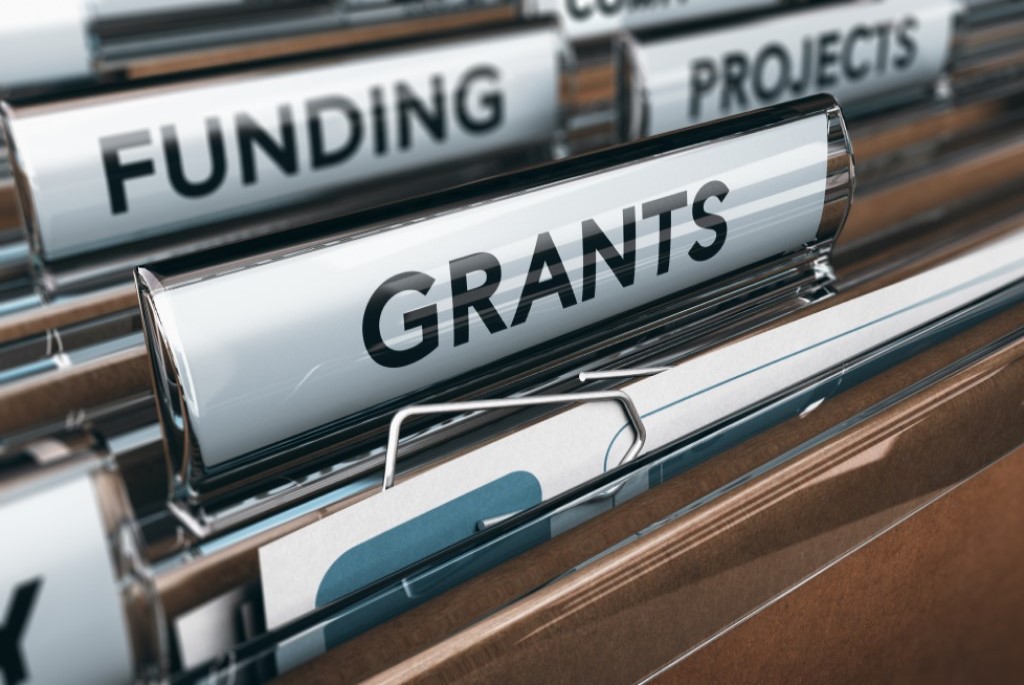Effective May 21, 2023, P&N has joined EisnerAmper. Read the full announcement here.
.jpg)
Last updated on 4/8/2020
Paycheck Protection Program
Many small businesses have either submitted loan applications for the Paycheck Protection Program (PPP) or are in the process of finalizing their loan applications for submission. One of the key features of the PPP program is the potential for some or all of the funds received to be forgiven. As noted in the current debt forgiveness guidelines, not all costs spent during the covered period are subject to forgiveness. Based on the Interim Final Rule (IFR) issued on Thursday, April 2nd by the Small Business Administration (SBA), not more than 25 percent of PPP funds are to be spent on non-payroll related costs. Therefore, businesses need to develop processes and controls to track the use of PPP funds, as the usage of PPP funds for non-payroll-related purposes may substantially reduce the amount of debt forgiveness.
The IFR notes that if businesses use PPP funds for unauthorized purposes, SBA will direct repayment of those amounts. Further, if businesses knowingly use the funds for unauthorized purposes, they will be subject to additional liability, such as charges for fraud. While the interim final rule does not define unauthorized uses, it specifies that authorized uses are payroll, rent, and utilities.
It is important that small businesses that expect to receive a PPP loan begin thinking about internal controls now to ensure that upon receipt, PPP funds are used only for authorized expenses. This could include consideration of the following:
- A paper trail to track that PPP payroll funds expended are supported by authorized payroll costs (such as payroll journals, payroll bank accounts, and monthly benefit invoices);
- Accounting for PPP payroll funds expended for those employees whose annual salaries exceed $100,000 (amounts over $100,000 would be excluded from authorized payroll);
- For allowed costs other than payroll, documentation is maintained to support how the funds are used and the amount expended;
- Tracking to ensure that not more than 25 percent of loan proceeds are used for allowed uses other than payroll; and,
- Periodic reconciliations between PPP loan proceeds and funds expended, including both payroll and other allowed costs.
In future articles, we will provide examples and tips to help track and account for PPP funds received.
Related Article: CARES Act Paycheck Protection Program
Economic Injury Disaster Loans (EIDL)
Businesses may also be eligible to obtain both EIDL and PPP loans, provided that the loan proceeds are not used for the same purpose. This stipulation further creates the need for businesses to design processes and controls to track funds separately.
In future articles, we will provide tips and examples to help you track and account for funds received, as well as separate EIDL and PPP fund usages.
Related Article: CARES Act Economic Injury Disaster Loans
Help Is Available
P&N has compiled a table to help you compare these loans side-by-side and determine which may suit your business needs and the authorized usage for each. Please keep in mind that due to the quickly-changing nature of relief efforts and guidance, you should always discuss significant decisions with your CPA.
Related Article: CARES Act EIDL/PPP Loan Comparison Guide
As the CARES Act is finalized, future legislation is developed, deadlines are updated, and additional challenges and opportunities are uncovered, P&N’s dedicated professionals are committed to understanding and applying this information to help our clients. Please contact us or connect with your P&N advisor to discuss your organization’s questions, concerns, and priorities.




